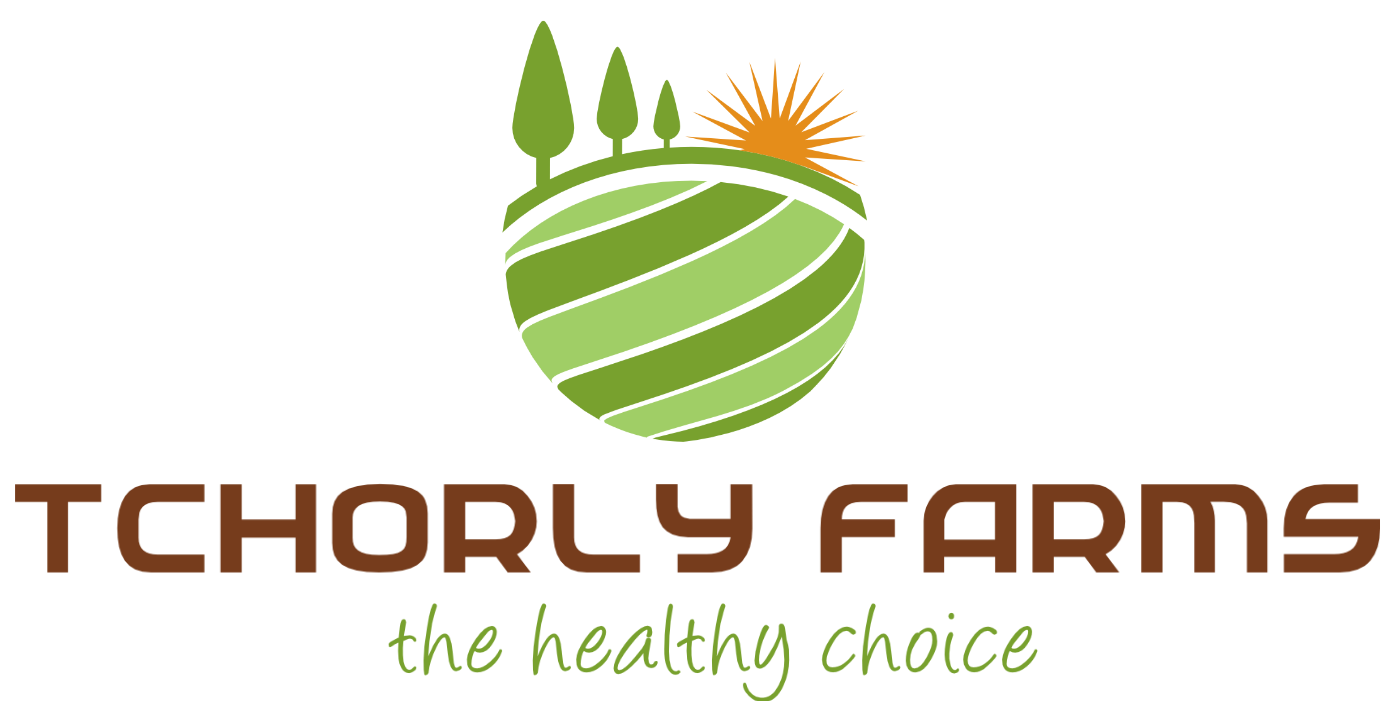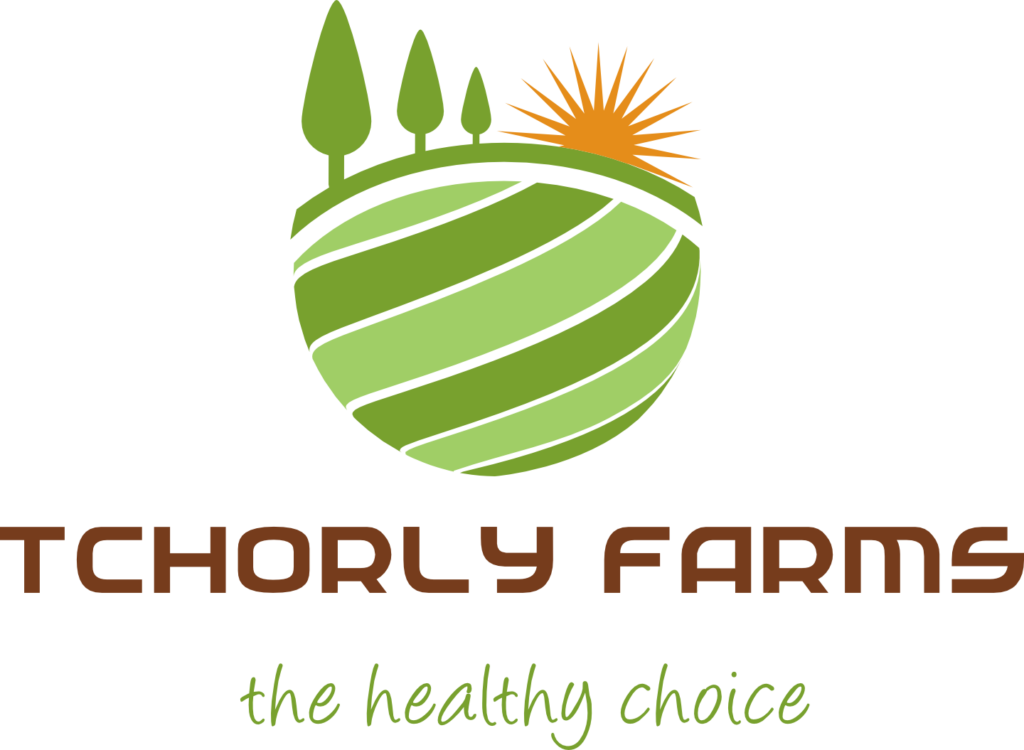There are a range of options when it comes to selling your product. Where you sell your product will influence a range of other factors, such as, which quality assurance system is needed, how product is packed, transport costs, quality specifications payment options:
Selling direct to the consumer such as a roadside stall or farmers market has the lowest costs and lowest number of constraints. Another option is selling to restaurants and other food service providers. Conversely the volume of product able to be sold is lower, demand may fluctuate, and time needs to be spent on marketing and distribution not just production.
Selling direct to a retailer cuts out the middleman and may be based on a contracted price so you have some surety of income. However, it will also mean having to meet exacting standards, pack the product the way they want it and probably having to comply with an audited QA system. Retailers will also want volume to service all their outlets and continuity of supply. This may lead to penalties if obligations of volume and quantity cannot be met, rejected product having to be repacked for other markets, and leaves little option for taking advantage of higher priced markets elsewhere.
There are wholesale markets in all capital cities, and they are perhaps the easiest option for selling product. This can be done directly by taking out a market stall in the growers section of the market or by supplying an agent or merchant who will market the product for you. There are different requirements for agents and merchants, and these can be obtained from market authorities. There is a Horticulture Code of Conduct which outlines the rules and responsibilities for trading in the wholesale sector.
The wholesale markets can provide a list of agents or merchants. Some agents specialise in certain crops or regions and it is worth talking to range of them. Be sure you understand what happens in regard to payment policy, unsold product, rejected product, QA requirements, packaging, and freight arrangements.
Selling product to a processor is another option. The quality specifications are different, and prices are usually lower, but the pros and cons are similar to selling directly to the retailer. However, there are limited processors now operating in Australia and prices while more consistent tend to be lower than can be achieved for fresh market. This option will often require extensive research to seek out markets. Don’t limit this research to human consumption but also consider animal consumption, pharmaceuticals, and industrial uses.




